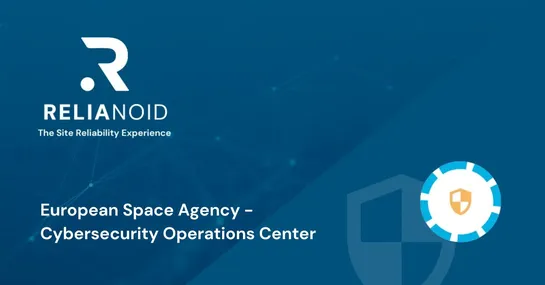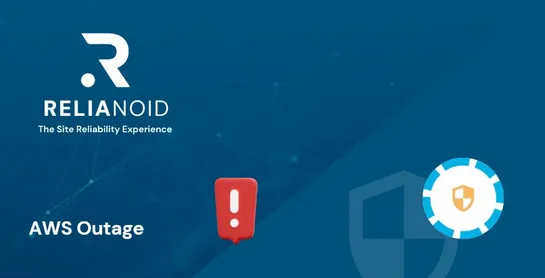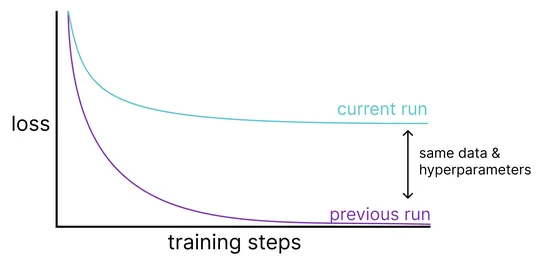Azure MFA Enforcement Has Arrived – Are You Ready?
As of October 1, 2025, Microsoft now requires all Azure tenants to use multifactor authentication (MFA) before performing any resource management actions. - The message is clear: MFA is no longer optional—it’s essential everywhere. At RELIANOID, we make MFA enforcement possible not only for Azure bu..












